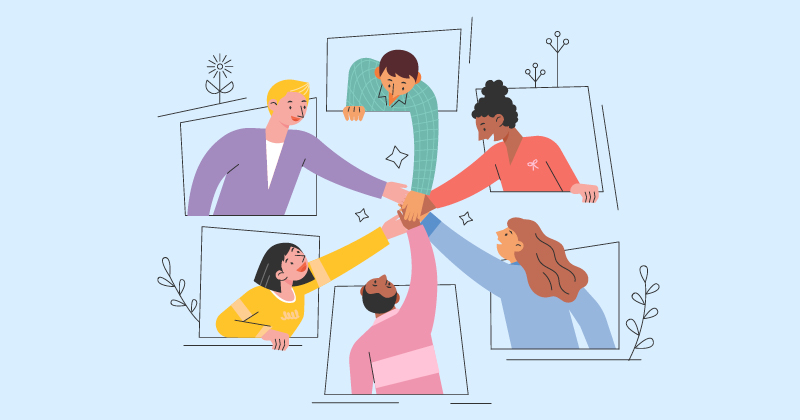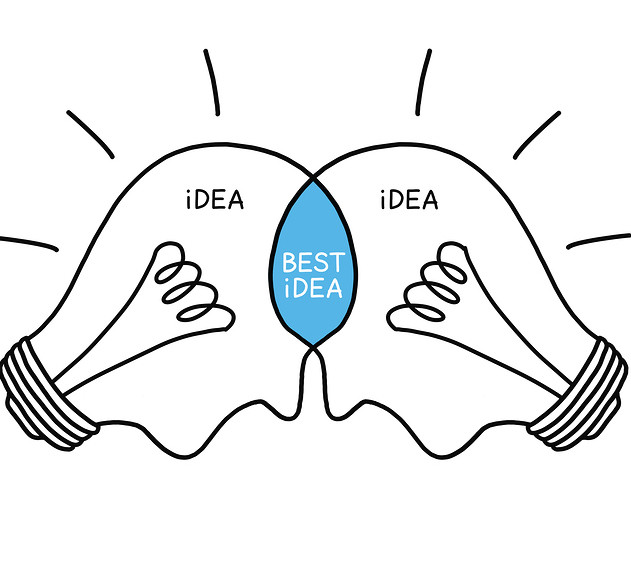Collaboration is one of the most important aspects of education. It is vital for educators to teach their students how to collaborate with others in addition to working independently. This can be done by introducing group projects, peer review, debriefs, etc. In almost every profession, people will have to work with others whether it be on group projects or solving problems. It is important for students to have the proper skills needed to be able to successfully collaborate with others because it is a skill that they will need even outside their school/their desired profession. We work with others in everyday life whether we realize it or not. Everyone needs collaboration in order to function properly in society.

Collaboration allows you to be introduced to new ideas and different points of views. It makes you an open-minded person, which is a valuable quality to have. Educators’ jobs are to introduce their students to as many ideas as possible and give their students a deeper understanding of “diverse perspectives.” The more open-minded that a person is, the more they learn. There are many different ways that an educator can introduce collaboration. Group projects are the biggest form of collaboration. It teaches leadership (an important quality) as well as patience when it comes to working with many different people (and perspectives). Students gain better problem-solving skills as collaboration forces you to work through different obstacles such as disagreements (a problem you do not face with individual work).
In addition, students learn how to abide by rules. When working with others, you need to respect everyone’s perspectives, follow guidelines set among each other, and learn how to make everyone’s workflow in a cohesive manner. After COVID, there have been many examples of educators forcing collaboration even through virtual learning. For example, many teachers used breakrooms (on Google Meet) to have students discuss topics among each other. This way despite not being face to face, students were still able to gain these collaboration skills. Now that most of us are back to in person learning, it is much easier to incorporate collaboration in the classroom. Educators can do this by incorporating peer review into their lesson plans by having students look at each other’s work and give feedback. It also enforces another important skill: constructive criticism.

Conclusion
Collaboration is one of the biggest building blocks to creating a more diverse and inclusive group of people, and it is important to teach collaboration young to promote a better future society. There are many apps now that promote collaboration such as Zoom, Google Calendar, Microsoft Teams, PowerPoint (where more than one person can work on a project), etc. Collaboration is the key to building a better society; it all starts in the classroom.